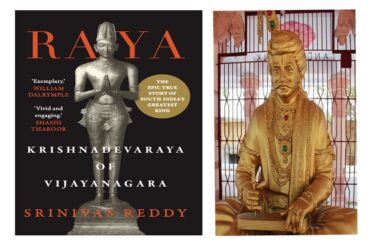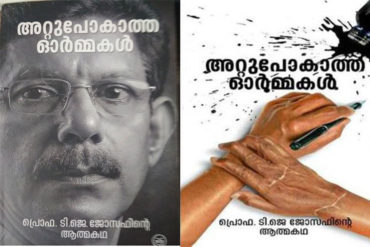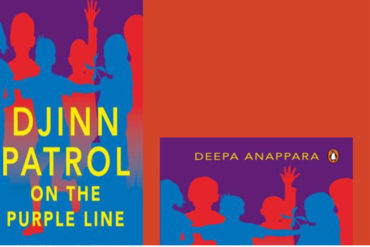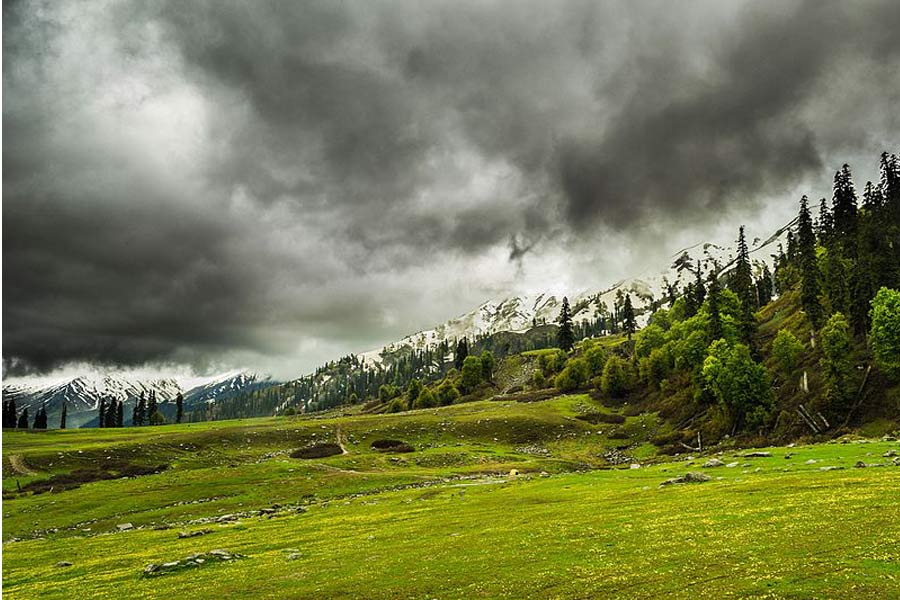Anticipating BJP’s design for Kashmir, Mridu Rai writes about the events in the run up to the Abrogation of Article 370 in the book Majoritarian State which was published in early 2019. Stating that it is perilous for historians to turn soothsayers, she stops short of predicting that this is bound to happen. However, broadly hinting at it she concludes: “In national elections, J & K counts for very little: it sends up only six members to the Indian Parliament. However, by providing the powerful symbols of Islamic terror within the nation that the BJP alone can defeat, Kashmiris will continue to be useful in corralling many of the 540-odd members of the Lok Sabha.”
Kashmir is isolated through various discursive strategies to make it serve both as a dangerous exception threatening the Indian/Hindu body politic but also as a containable menace. A specialty of the Hindu Right—shared in different degrees by other parties—has been the construct of religious differences mapped onto the three sub-regional segments of the state. This becomes the basis for a three-way perspectival division of the state. In this view, Jammu is Hindu, Ladakh Buddhist and Kashmir Muslim.
The BJP has reinterpreted the outcome of the 2014 elections to confirm this understanding. Its majority win there made Hindu Jammu a reality—and ‘the backbone of the nation in the state’—and its routing in the Valley reinforced the paradigm that Kashmir is Muslim and anti-national. But the BJP won no seats in Ladakh either: the Congress won three out of four, an independent Shia candidate taking the last. Yet a supposedly Buddhist Ladakh—Hindutva claims Buddhists as ‘their own’ on the erroneous premise that their religion is merely an offshoot of Hinduism—is automatically assimilable in the rashtra.
On demographic grounds alone, this classification is an oversimplification. While the largest proportion of Kashmir’s population is undoubtedly Muslim, significant parts of Hindu-majority Jammu are overwhelmingly Muslim, too. And Muslims are in a majority in one of the two districts of supposedly Buddhist Ladakh. But the more significant question is whether numbers alone permit the essentialising of any territory along lines of religion. The answer of Hindu Right-wingers is resoundingly in the affirmative since their majoritarian politics of claiming India as a Hindu rashtra functions precisely through such logic.
Kashmiri Muslims, though a majority in the Valley, are successfully outnumbered in a sea of Hindu Indians. Hindutva’s aim of crafting internal religious ‘others’ is also reinforced through racialising discourses tacked onto territorially nationalist rigidities. As Mona Bhan shows, Hindu supremacist groups—particularly the RSS— have worked systematically to claim Buddhists even in Muslim-majority Kargil as ‘pure Aryans’ and therefore essentially Hindus. This is part of a broader project that aims ‘to Hinduise Kashmir’s border regions within the context of the ongoing Kashmiri struggle for azadi [freedom]’. The latter is reconfigured not as a political struggle for long overdue rights but as an illicit Islamic jihad. This works in tandem with support for the native Hindus of Kashmir—the Pandits—and their contention that they are the ‘aboriginal’ inhabitants of the Valley banished by violent Muslims engaged in sedition against the nation since 1989.
A British colonial, Indian nationalist, and their own versions of history and sociology had already construed Pandits not just as the ‘first peoples’ of Kashmir but also, since they all claim to be Brahmins steeped in chaste Sanskrit learning, as among the highest Aryans. The default position ascribed to Kashmiri Muslims is that of the non-Aryan alien excrescent element in the organic Hindu/Aryan national body. Needless to say the racialising rhetoric to seclude or exclude Kashmiri Muslims is forced against the grain of both historical and ethnological evidence. Only a minority of Kashmir’s Muslims are descendants of ‘outsiders’; the vast majority were converted over centuries after the fourteenth from the same ‘stock’, so to speak, as the Pandits.
Such inconsistencies notwithstanding, Hindutva’s rhetoric constructs all Muslims in India as racially foreign and—when placed on a scale that privileges ‘Aryans’ as the genetically ‘pure’ master race—as inferior peoples (the mleccha or unclean barbarian of classical Brahmanical Sanskrit). Such thinking has seeped into the minds of India’s agents administering occupation in Kashmir, slipping out as justification when applying the crudest force.
Angana P Chatterji’s conversations in 2011 with illegally detained Muslim pro-freedom protestors in Kashmir are revealing. Police officers attempting to extort confessions of guilt compounded physical violence with verbal denigration. One particular detainee was told: ‘Your “race” is deranged. You are criminals…. Your mother is a whore’. His reply could only be uttered privately as he fainted from pain: that Kashmiris ‘are a people, not a race’ whose struggles are ‘against India’s brutalities’. Chatterji’s interview dates to 2011 when a Congress-led alliance held power at the centre.
However, such racialised differentiation of Muslims has been the stock-in-trade of Hindu Right-wing constituencies at least since the foundation of the Hindu Mahasabha (1915) and the RSS (1925); it is only more recently that this perspective has acquired state power. In any case, as Chatterji writes elsewhere, there has been a longer history of alignment of the Indian military and paramilitary forces ‘with Hindu majoritarian ideological interests vis-à-vis Jammu and Kashmir’. This is seen, for instance, in the armed forces’ cooperation ‘with Hindu nationalist/militant groups’ in campaigns such as Operation Sadbhavana (Goodwill) launched in 1998 ostensibly to promote development and empowerment activities among civilians in J&K but in fact extending the military’s capacity to both ‘control and appease civil society’.
Of course, the Congress party is no stranger to religious majoritarian politics. Indira Gandhi had introduced it in J&K most demonstrably during her electoral campaign in 1983 when, confronted with the NC’s reluctance to form an alliance in Kashmir, she cynically invoked the danger that Kashmiris (Muslims) posed to national integrity in order to cultivate Hindu voters in Jammu. And there is no denying that the Congress has also indulged in what is termed ‘soft-Hindutva’ to steal the thunder from the BJP’s ‘hard-Hindutva’.
However, the Congress variety of majoritarian politics eschews defining India as the nation of a racially pure homogenous Aryan/Hindu people. No matter how tattered the Congress’ secular principles in actuality, even the formal adherence to them has salvaged some room for at least the idea of a composite Indian nation. Actuated by political opportunism, over the decades the Congress has sought to cultivate so many different social, cultural and economic constituencies—upper-caste, lower-caste, rural, urban, tribal, religious minorities—that it cannot afford the reduction of the national essence to a single religio-cultural group.
The Congress, however, is responsible for opening the door to Hindutva forces and giving them the opportunity to usurp with greater brazenness (and arguably more efficiently) its own more improvisatory politics of religion. The greater danger posed by the BJP’s majoritarian discourse under Modi is that its invocation of a racially homogenous nation hinges on what Carl Schmitt had called ‘the friend/enemy’ distinction in public life allowing the political leader to decide whom one could live with and with whom not. Such a perspective leaves groups marked as different, open even to extermination with the assurance that any violence against them will be met with either approbation or acquiescence-through-silence from large numbers of upper-caste Hindus in India—the tacit core of the nation.

On 13 December 2014, while addressing a rally in Jammu, Modi commended all the people of J&K for sending ‘a clear message to the world that the EVM [electronic voting machine] is more powerful than the AK-47’ especially in elections so ‘important for [the] integrity and sovereignty of India’. The high voter turnout even among Kashmiris (65 per cent) was cause for jubilation. Modi was assuming—like many Indians have always simplistically done—that Kashmiris in the polling booth were endorsing India’s sovereignty and integrity. Another unfounded supposition in his statement was that the ‘bullet’—a preference for violent means of expressing the popular will—has been the norm in Kashmir.
Excerpted with permission from the book Majoritarian State, How Hindu Nationalism is Changing India; Edited by Angana P Chatterji, Thomas Blom Hansen and Christophe Jaffrelot. Published By Harper Collins
Cover Image: Kashmir, Courtesy: Wikimedia Commons

